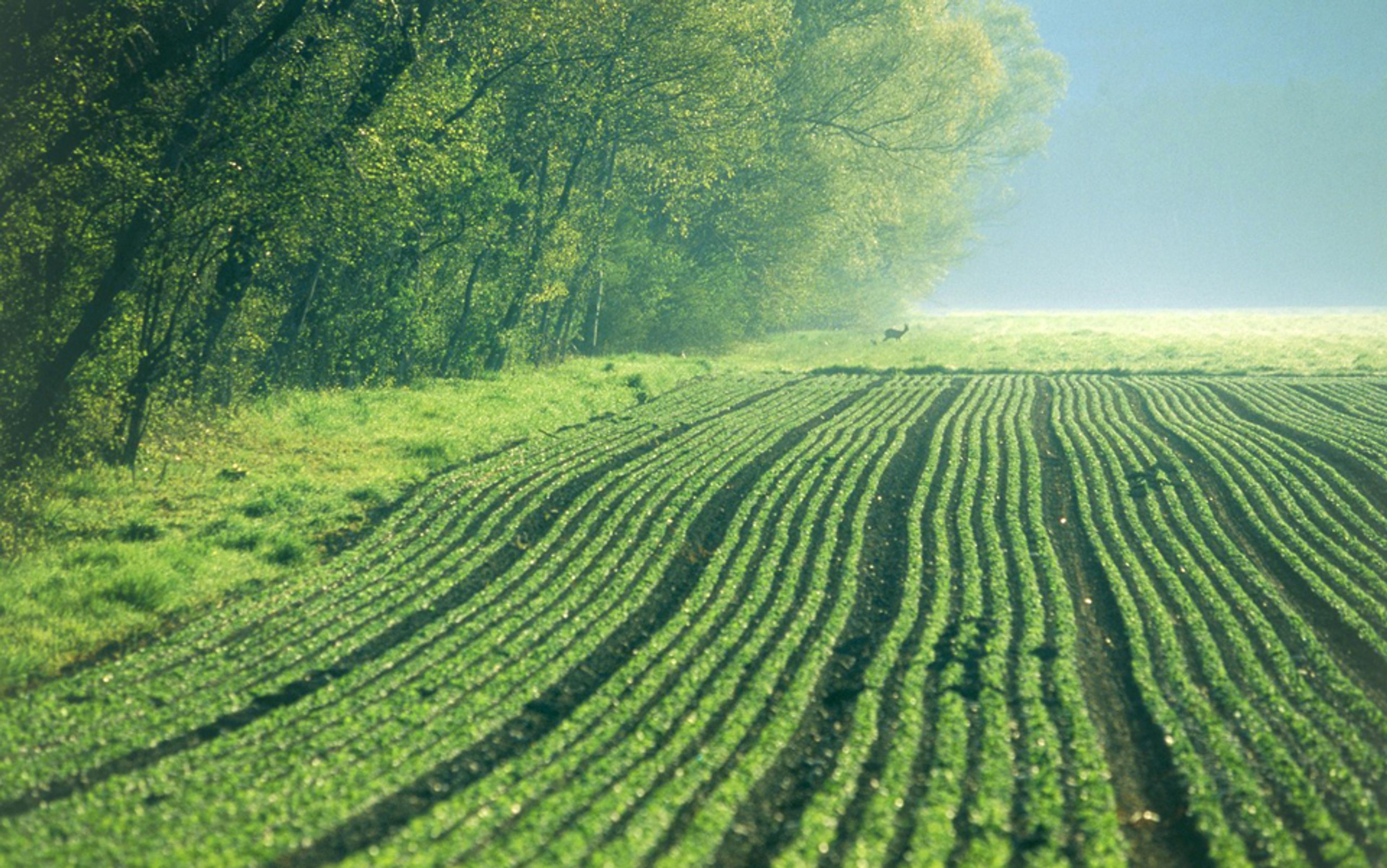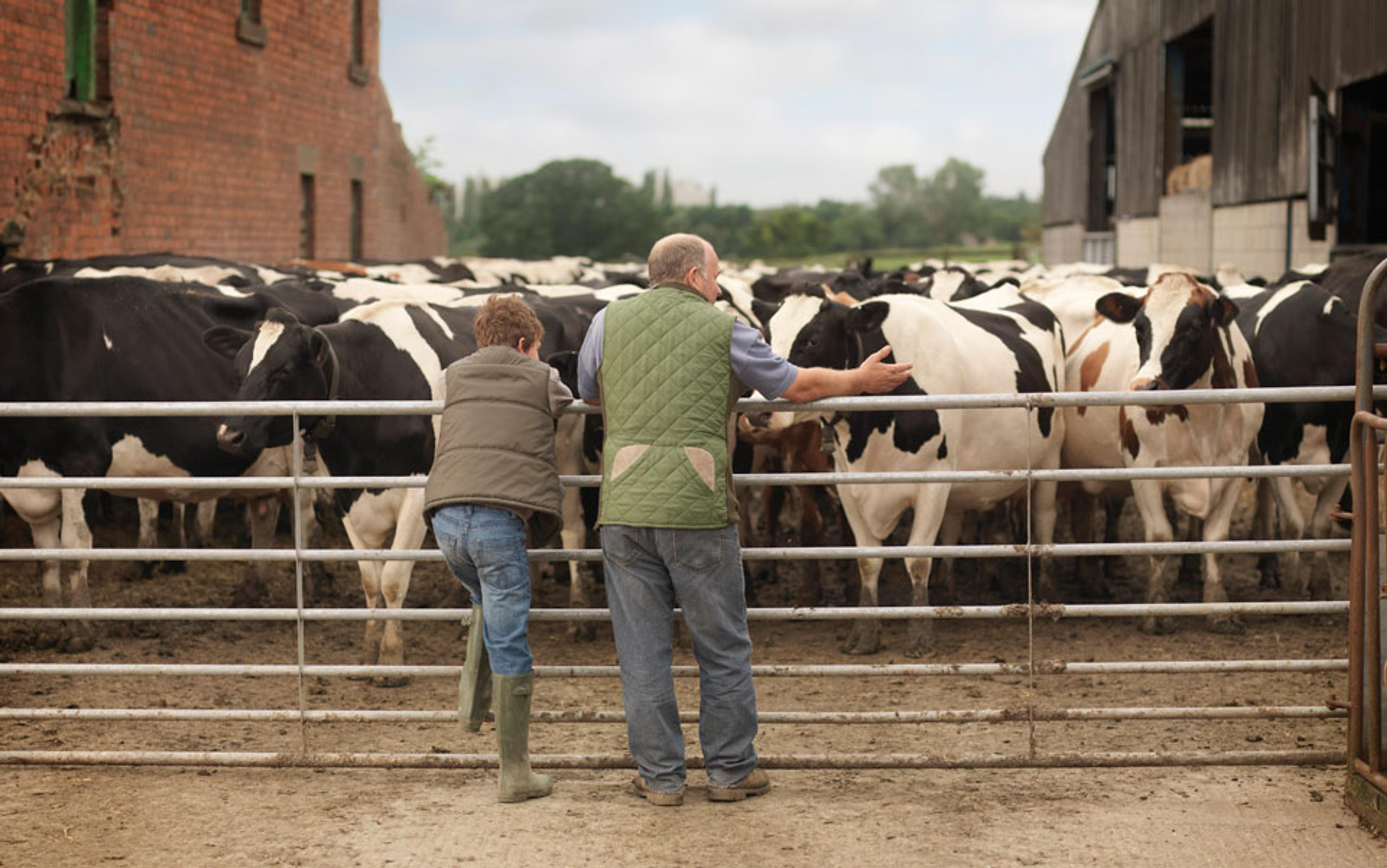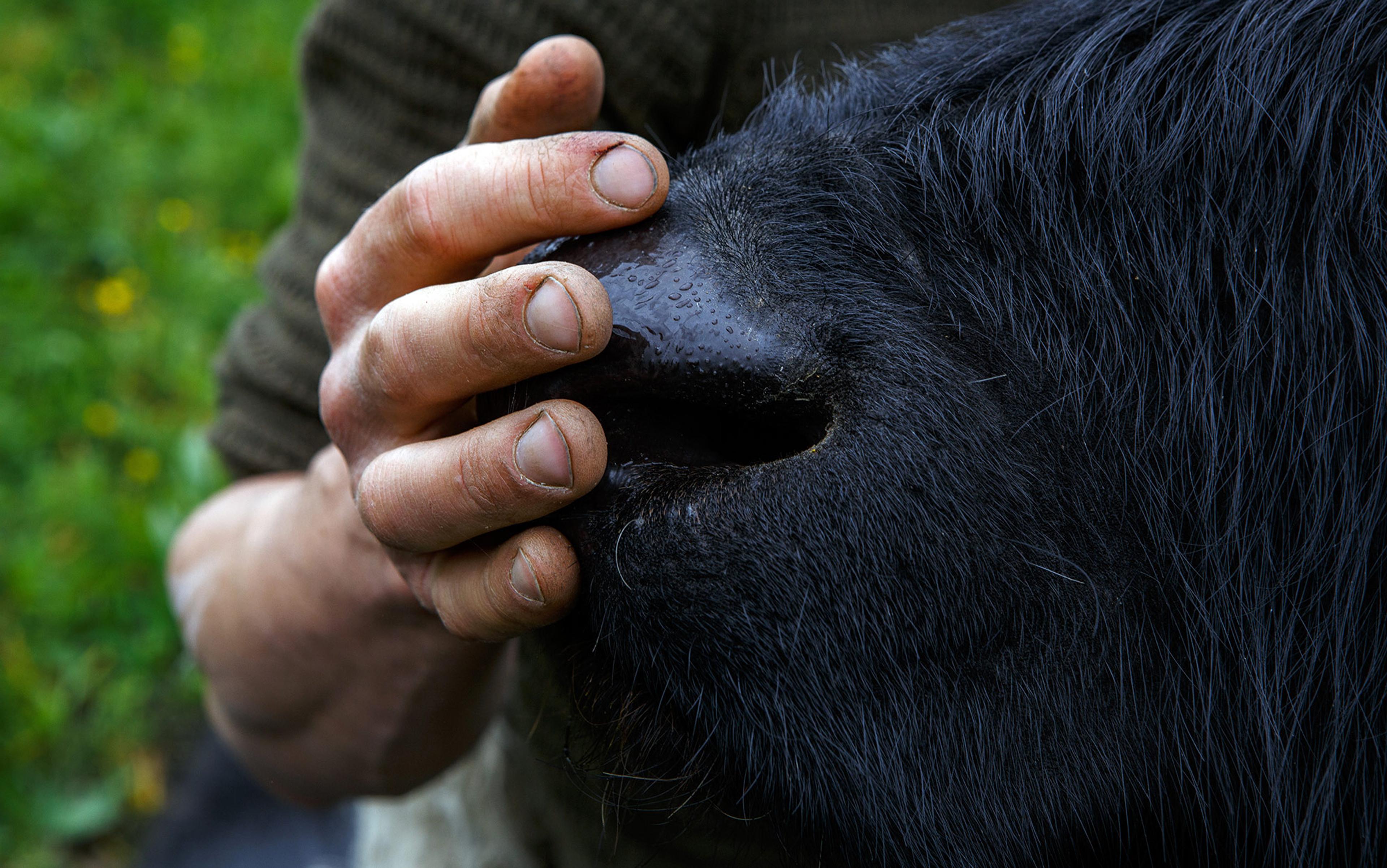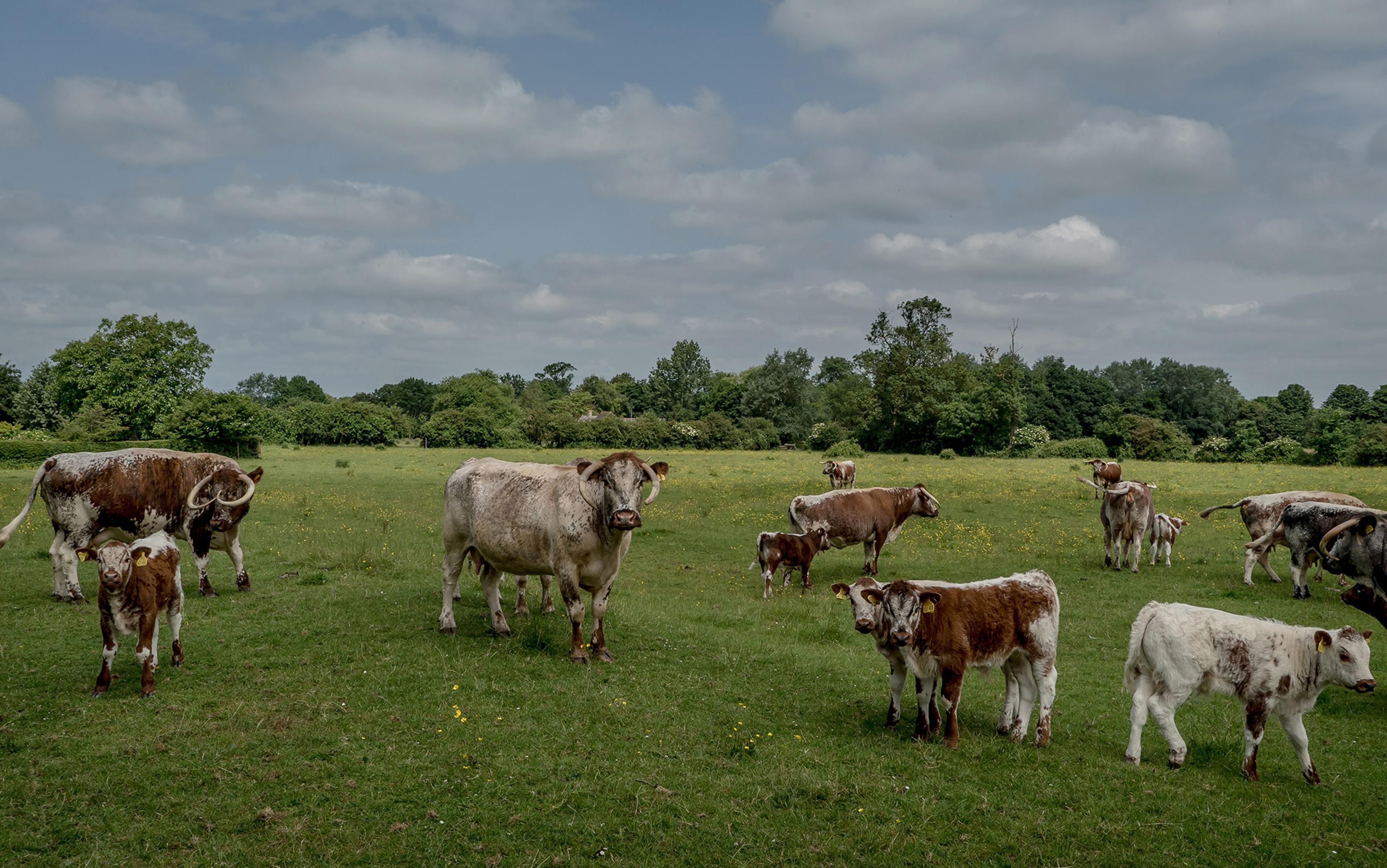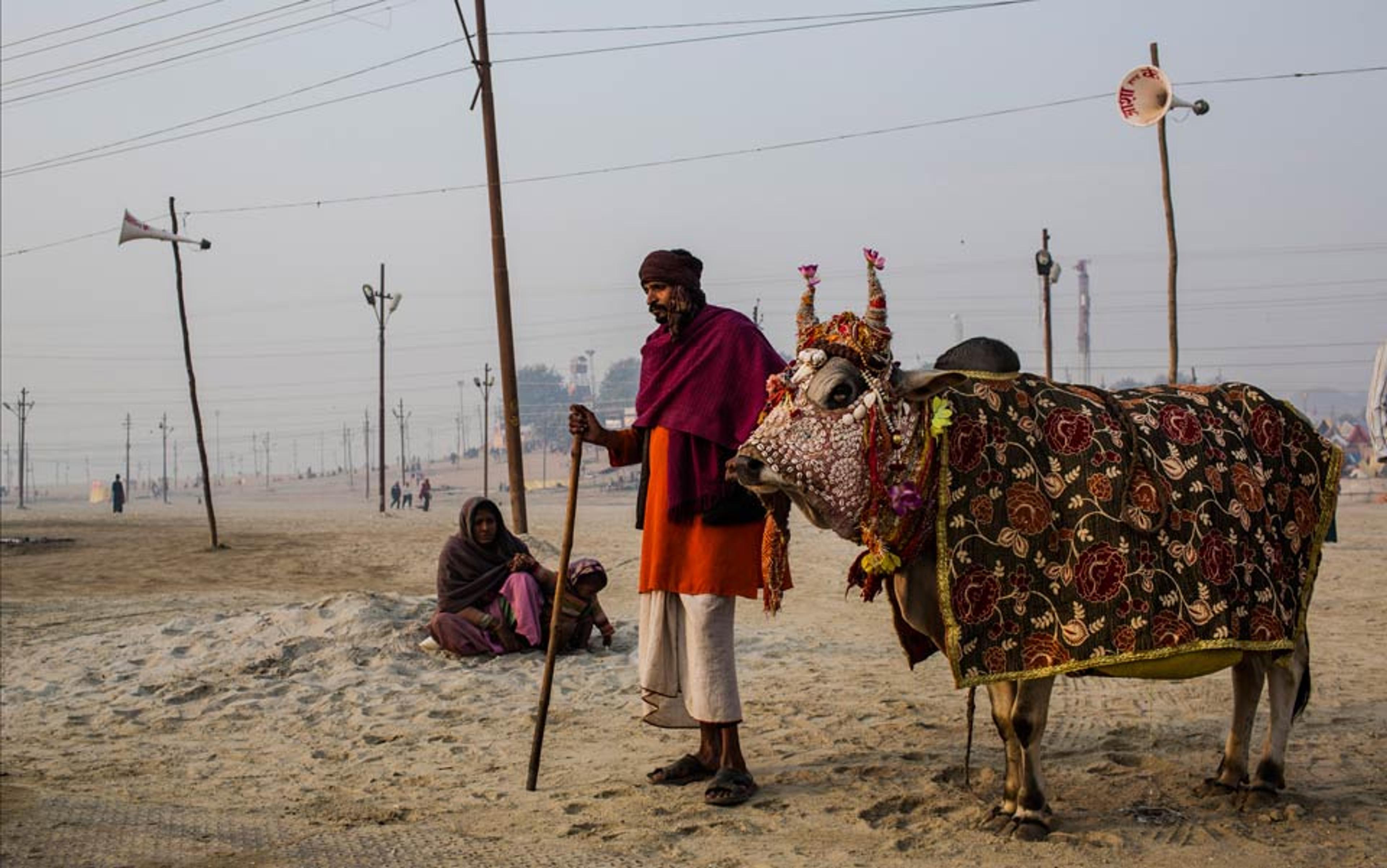Once upon a time, I believed in the tidy taxonomy of the grocery store.
In the meat coolers, near the back of the store, I could find Animalia: beef steaks, pork chops, chicken legs, and fish fillets. In other coolers, along a side wall, I could find gentler products from that same kingdom: eggs, milk, yogurt, and cheese. In other sections, I could find all things Plantae: vegetables, fruits, legumes, nuts, seeds, and grains.
The realms seemed clear and separate, each kind of food carrying a distinct meaning. When I ate meat, that meant animal death. When I ate dairy products, that meant animal confinement. When, inspired by the compassionate teachings of Buddhist teacher Thich Nhat Hanh, I turned to veganism — that meant harm to nothing but plants. My conscience seemed clear.
Eight years later, this fairy tale began to unravel. In the garden my wife and I tended, for instance, I began to see that squash and green beans were not just the fruit of plants. They were also the fruit of animals.
Like all living things, our garden plants had to eat. As their hungry roots drew sustenance from the ground, nutrients had to be replaced. So each year I drove our pickup truck a few miles down the road and brought home a cubic yard or two of compost: rich, dark, dense material made from the manure of cows and other animals, and from their bodies as well, as farmers sometimes compost carcasses.
Squash and green beans owe their existence to the lives and deaths of animals
I could have insisted on supplementing our own kitchen-scrap compost with fertilisers made from nothing but plants. Such products were certainly available. Most, though, were imported from out of state in bright plastic bags. Depending on them to feed our soil would, I reflected, be like subsisting on grocery-store tofu made from soybeans grown a thousand miles away, instead of eating chicken from a neighbour’s backyard or venison from nearby woods. These choices would keep animal products away from our garden and plates, but they made no ecological sense.
And even if I found a local source of animal-free fertiliser, would it make a difference? Though crops can be grown without manure, such approaches typically require more acreage than do integrated plant-animal systems. Why till more land, and perhaps displace more wildlife habitat, for the sake of excluding domesticated creatures from the agricultural landscape? Though this might help shore up my own conceptual categories, would it serve any other purpose, any greater good?
Plant-animal integration is, I realised, the norm in nature. It is how prairies and savannahs and all manner of ecosystems have been sustained for countless millennia. It is the most natural, ancient, and sustainable of systems — flora and fauna feeding one another in endless cycles. But our participation blurred boundaries I had taken for granted. If the squash and beans we grew were fed by local dairy farms, were we really eating just plants?
In his book Peace Is Every Step, Thich Nhat Hanh reminds us to attend to interconnections, to look deeply into the origins of the materials of everyday life, including food. The more I looked, the more complex things became.
In our own garden, I saw the earthworms we accidentally cut in two with our shovels whenever we turned the soil. I saw the beetles I crushed to protect tender young plants. I saw, too, that the compost we imported linked our garden not only to dairy products but also to meat: to give milk, cows must be impregnated. Pregnant cows give birth to calves. And virtually all male calves end up as veal.
In larger-scale crop production, I saw prairie and forest habitats disrupted across North America. I saw birds, mammals, reptiles, amphibians, and insects maimed and killed by machinery and pesticides. Even in produce from small-scale organic farms, I saw rodent burrows cleared by deadly smoke bombs and deer populations kept in check by hunters and farmers alike.
When I visit the grocery store these days, I realise we have a choice, but it is not simply the choice I once made between the purity of veganism and its alternatives, based on suffering. Walking down the aisles, we can let the orderly bins and shiny packages cultivate our forgetfulness. We can let ourselves believe in all the tidy separations: plants and animals divided into neatly compartmentalised kingdoms, food severed from earth, our shopping disconnected from others’ farming. We can let ourselves be comforted by our own ignorance, by everything we neither see nor want to see.
Or we can remind ourselves of just how intertwined everything really is. Uncomfortable though it might be, we can remind ourselves that lettuce is not as innocent as it appears, that squash and green beans owe their existence to the lives and deaths of animals. We can remind ourselves that pastoral landscapes are not just backdrops for recreational hikes or idyllic rides through the countryside. They are not an ‘environment’ that exists around us. They are the places that feed us, the soil in which we are rooted. They are us.
We can remind ourselves, too, of all the people who work the land for a living. Day in and day out, they draw sustenance, theirs and ours, directly from the earth. They know the nature of the places where they live and work — the soils and waters and climates and non-human inhabitants — more intimately than most of us do. They know the nature of living and eating more deeply, too. They know it’s a messy business.
We can remind ourselves that our lives are not separate from theirs. As a teenage omnivore, I never thought seriously about the connections between my living and eating and the gritty realities of agriculture. Nor did I think about those connections as a twentysomething vegan, up on my ethical high horse, wanting nothing to do with the confinement, let alone the deaths, of fellow creatures. I assumed I could remain aloof from all of that. Only later did I begin to see more clearly.
Those connections are, in the literal sense of the word, vital. They keep us alive. The teacher and the student, the artist and the office worker, the doctor and the attorney, are all utterly dependent on the farmer. Whatever romantic notions we might have about ourselves and our ethically or environmentally motivated food choices, the boundaries between vegans, vegetarians and veal eaters are somewhat ambiguous. We are all part of the same food systems.
We can — and should — advocate changes in those systems, promoting both animal welfare and ecological health. Our efforts, however, will be most effective if people of all dietary persuasions can collaborate, remembering that we, like the foods we eat, inhabit an integrated whole, not isolated kingdoms. My wife and I, for instance, don’t buy beef or veal, yet we applaud the local farmers who produce those meats in humane, ecologically sound ways. And we recognise that the yogurt we eat is linked to the lives and deaths of cows, just as our garden is.
It is easy to forget, of course. I know I do. In the bustle of everyday life, the interconnections slip my mind. I eat a bowl of salad and see nothing but greens.
Then the phone rings. It’s a neighbour calling. Woodchucks have begun to obliterate her garden, in spite of the electric fence. I’m one of the few hunters she knows. Would I be willing to lend a hand?
Ah, yes, I think. Hidden costs.
Taking a deep breath, I fetch my .22 rifle.
